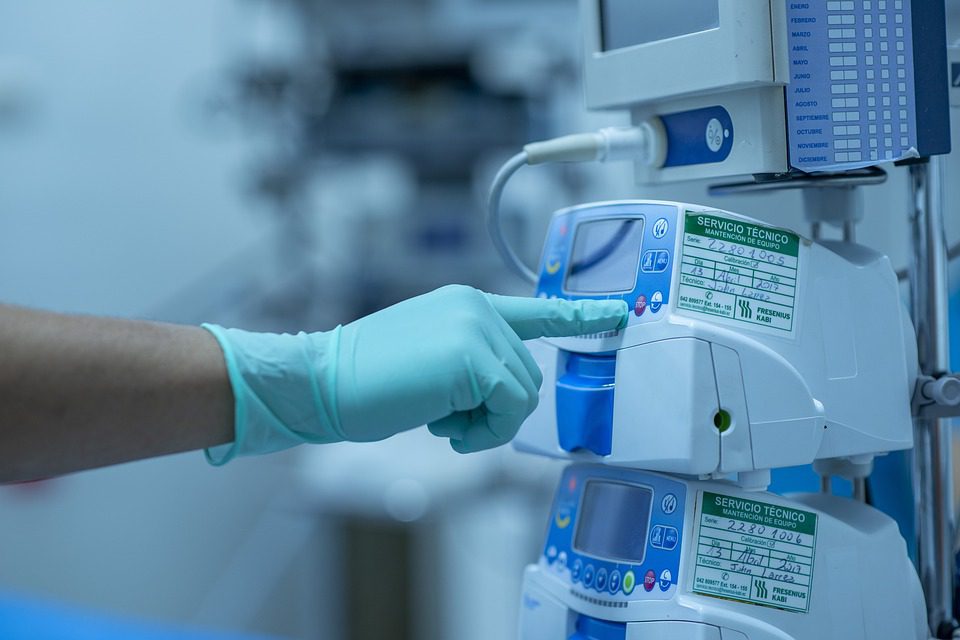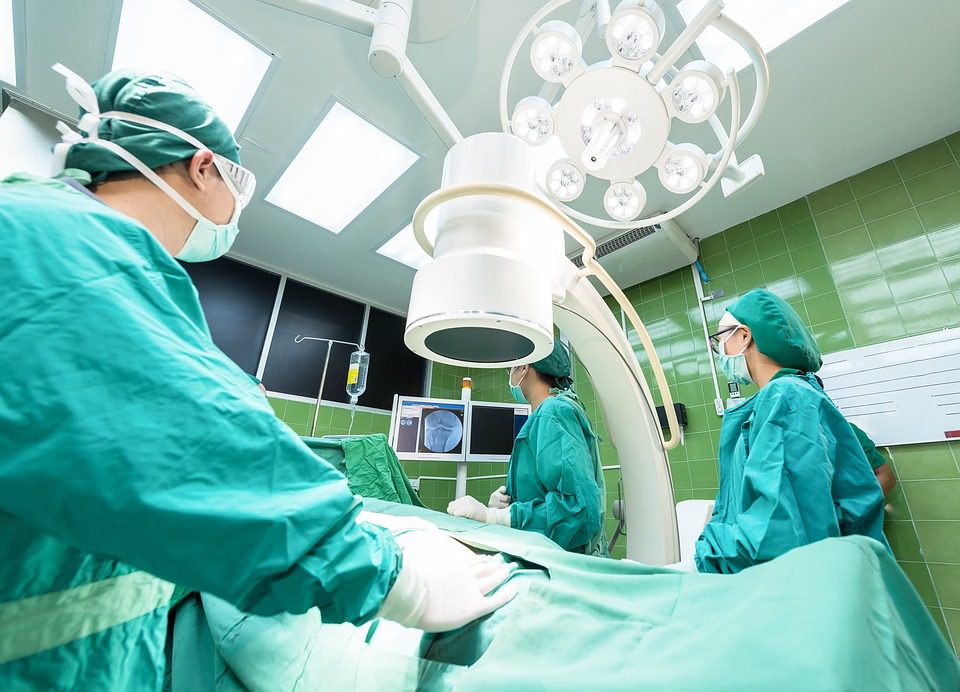Surgical tables are among the most important pieces of equipment for any operating room. They are the flat surface on which patients are positioned during surgery. You can find surgical tables in different sizes, with or without leg restraints, and with a variety of special features to suit your needs. These include height adjustment, electrical height adjustment, tabletops, reversible headrests, and more.
If you’re looking for a new surgical table, here is what you ought to look for:
1) Consider The Type
There are several types of operating tables and they are classified into three major groups: general surgical tables, orthopedic tables, and radiolucent imaging tables. General surgical tables have a fixed height that comes in contact with the floor and two adjustable crossbars. An orthopedic table is lower than a general surgical table, making them suitable for surgery operations on bones and joints. They are also more stable so surgeons can use stronger tools without worrying about tipping or shaking during operations. A radiolucent imaging table is designed to allow X-rays and other imaging tools to pass through the surface of the table so images can be easily captured. There are also surgical tables for dentists that are a little bit different from most surgical tables. If you’re thinking about upgrading your private practice, here you can find surgical tables for your needs. Just make sure to pick the correct type because swapping them can cause serious problems during surgery.
2) Consider The Weight Capacity
Surgical tables are designed to support people up to 500 pounds, sometimes more depending on the size of the patient. If you have heavier patients, make sure your table can handle their weight without tipping or breaking. You might also want to get a leg spreader if you need to perform many surgeries that require larger patients. Also, you should pick materials that are resistant to excessive wear and tear. If the surface of the table is easily scratched, it might have to be replaced after a while.
3) What Features Do You Need?
If you want to upgrade your surgical table, there are some additional features you might consider:
- a) Adjustable Width Bar: This is perfect if you plan on performing procedures on obese patients. It makes it easy for surgeons and nurses to adjust the width of the bar so it doesn’t stick out too much or cause discomfort during surgery.
- b) Monitor Accessibility: If you need to place an LCD monitor on the surgical table, you should look for one with a hole or arm brace that provides easy access. This will help you position your monitor during surgery without compromising patient safety.
- c) Stabilizing Technologies: If you wish to use stronger tools, it is best to pick tables with stabilizers.
- d) Flexibility Of Taking Images Of The Patient: You should be able to take images of your patient with an imaging technology called “radiolucent”. If you need to use an X-ray or MRI while the table is in place, this is very important.
- e) Headrests: These will ensure that your patient is in a comfortable position for surgery.
- f) Ease Of Maintenance: If you have limited time and want to save future headaches, pick a table that is easy to clean and maintain so it will last longer.
These will enhance patient comfort and keep them safe during a prolonged procedure. Also, consider how simple it is to use the operating table since you want your surgeons to be able to use these features without difficulty. Your operating table should be designed to optimize workflow and make things easy for your team. You want them to be able to concentrate entirely on the surgery.

4) Stationary Or Mobile?
This is important to consider when buying a table. If you need maximum portability and can afford to transport your table frequently, go for a mobile surgery table. These are lightweight and easy to move around the operating room. Mobile tables also have locking wheels so they don’t move or tip while performing surgery. On the other hand, if you’re willing to sacrifice portability for strength, you can get a heavy-duty stationary table. These are sturdier than mobile tables and will be able to hold your patients safely in place. Keep in mind that because the tabletops on mobile operating tables cannot be removed or replaced, they are best suited for usage as a general table.
5) Price Range
You should consider your budget before you start shopping for a new table. If you are on a tight budget, make sure to prioritize features that will improve patient safety. For example, leg spreaders can be very useful in certain operations and they shouldn’t compromise the operating budget of any emergency room or outpatient surgery center. Also, it’s important to know that some stores could have discounts so it might be best to shop around before buying. Make sure that your new operating table has a warranty included because some stores might try to charge extra for this feature.
6) Customer Reviews
Lastly, you can learn a lot from other surgeons’ experiences with the table they have. A good place to start is by reading online reviews or asking your colleagues about their surgical tables. Reviews from actual users can give you a real idea as to how good the table is and if it’s worth buying. In short, pay attention to your budget, features, maintenance needs, and customer reviews when you go shopping for a new surgical table. This way, you know what to look for before buying one and whether you’re getting real value for your money.
Surgical tables are an important piece of equipment for any operating room. When you’re looking to buy a new table, it’s best to look at the following features: width of the bar, monitor accessibility and stabilizing technologies like arm braces or locking wheels on mobile surgical tables, headrests that will provide your patient with comfort during surgery and lastly but not least customer reviews from actual users who have used this product before. This way you can find out what features matter most when buying surgical tables.
